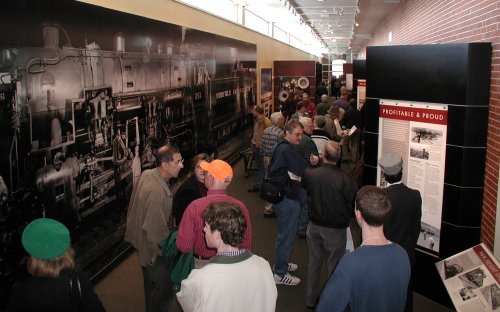
Visitors gather in the main gallery of the new O. Winston Link Museum during its grand opening ceremony on January 10, 2004. Robert S. McGonigal In Roanoke, Va., an estimated 1000 people attended grand opening ceremonies for the O. Winston Link Museum on Saturday, January 10, 2004. The museum, located in the former Norfolk & […]
Read More…
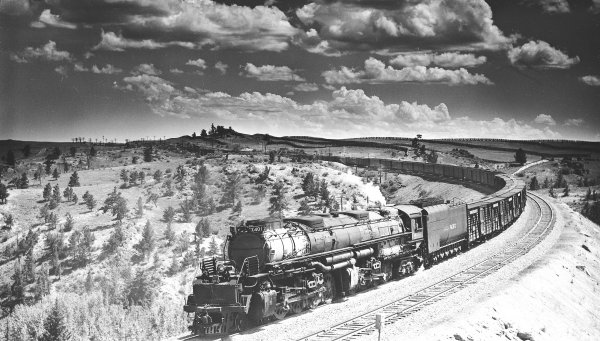
Big Boy 4012 starts down the west side of Sherman Hill in June 1949. Cars of livestock are coupled right behind the tender. Richard H. Kindig Richard H. Kindig is best known for his magnificent views of steam locomotives laboring in the mountain passes of the West in the 1930s and 1940s. With his trademark […]
Read More…
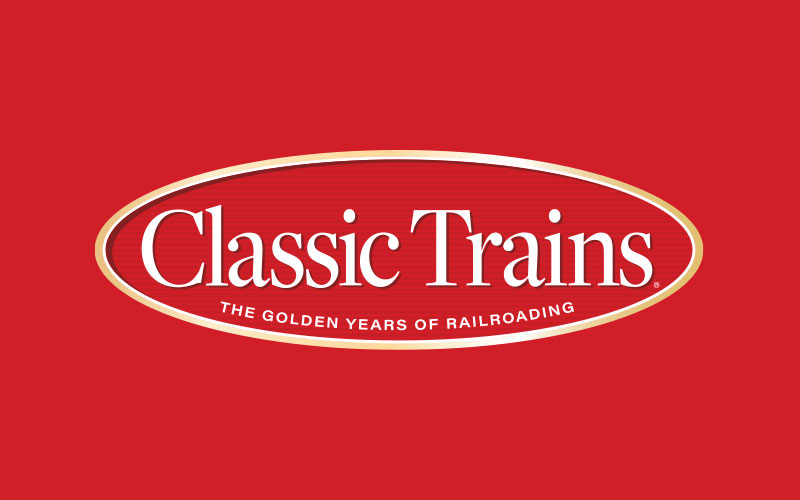
Photography and train travel are twin passions of Richard Jay Solomon, who was given his own 35mm camera for his 10th birthday. In the 1950s and 1960s, Solomon began capturing the last of steam on roads like the Pennsylvania and Norfolk & Western, and he took equal delight in photographing the Northeast’s colorful streetcar, transit, […]
Read More…

From his home turf in Michigan and the Upper Midwest, Robert A. Hadley documented the transition from steam to diesel on American railroads. While Hadley often used conventional angles in his photographs, unlike other photographers he would step back and take in more of the scene, using generous foregrounds and backgrounds to demonstrate that the […]
Read More…
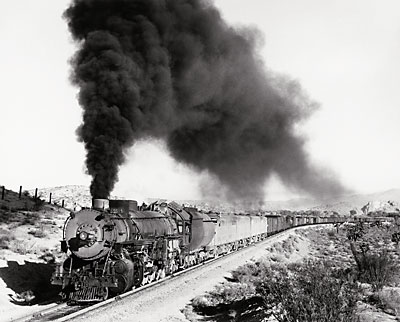
A Union Pacific 2-10-2 helps a four-unit Alco FA diesel roll a westbound freight up Cajon Pass near Victorville, Calif., in October 1950. Stan Kistler Stan Kistler is a well-known professional photographer and photofinisher in Grass Valley, Calif. Kistler began photographing trains in the early 1940s when he was growing up in Pasadena, documenting the […]
Read More…
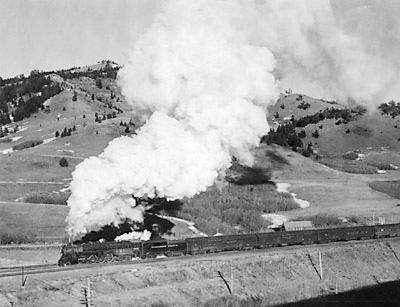
Northern Pacific 4-8-4 No. 2662 storms up the 1.8 percent grade at Muir, Mont., in 1947. Few people know the railroads of Montana like Warren McGee, who has been photographing them since 1930. McGee’s favorite subject is the Northern Pacific, the railroad that also employed him for 35 years as a brakeman and conductor, based […]
Read More…

The world of short-line railroading had a master storyteller in the form of William S. Young. A skilled and perceptive photographer, as well as a prolific editor and publisher, Young has spent a considerable part of his life covering the small side of railroading. Young began taking railroad photographs in 1941 at age 12; three […]
Read More…
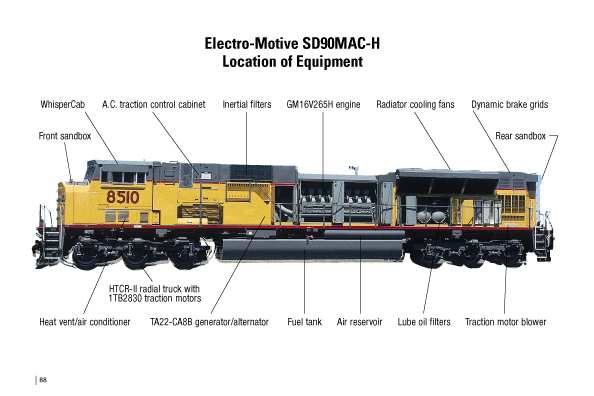
Sample page from Field Guide to Modern Diesel Locomotives. Sample page from Field Guide to Modern Diesel Locomotives. Greg McDonnell’s Field Guide to Modern Diesel Locomotives, from the publishers of TRAINS Magazine, picks up where Louis Marre’s Diesel Locomotives: The First 50 Years (Kalmbach 1995) leaves off. McDonnell includes histories and spotting features of Electro-Motive […]
Read More…
Modern railroad dispatching systems and movement controls have evolved by trial and error into a two-tier system of centralized dispatching and trackside signaling. But while the physical means of controlling traffic converged on a few types of lineside signal equipment – semaphores, position-lights, searchlights, etc. – the colors and arrangements (“aspects”) they presented, and the […]
Read More…

Caboose For more than a century, the caboose was a fixture at the end of every freight train in America. Like the red schoolhouse and the red barn, the red caboose became an American icon. Along with its vanished cousin the steam locomotive, the caboose evokes memories of the golden age of railroading. There are […]
Read More…
Say you’re an engineer running a multi-unit diesel consist on a freight train. During the trip, it becomes necessary to remove the lead unit because of a grade-crossing entanglement, some mechanical problem, or to give to another (underpowered) train. No problem – the second unit can lead as well as the first, so you resume […]
Read More…
Who controls the movement of the trains after the tower is closed? The train dispatcher is the most common heir to the towerman’s duties, but not always. The type of control used depends on the nature and density of the rail traffic handled at the location. Ways to preventing trains from colliding when railroad lines […]
Read More…







